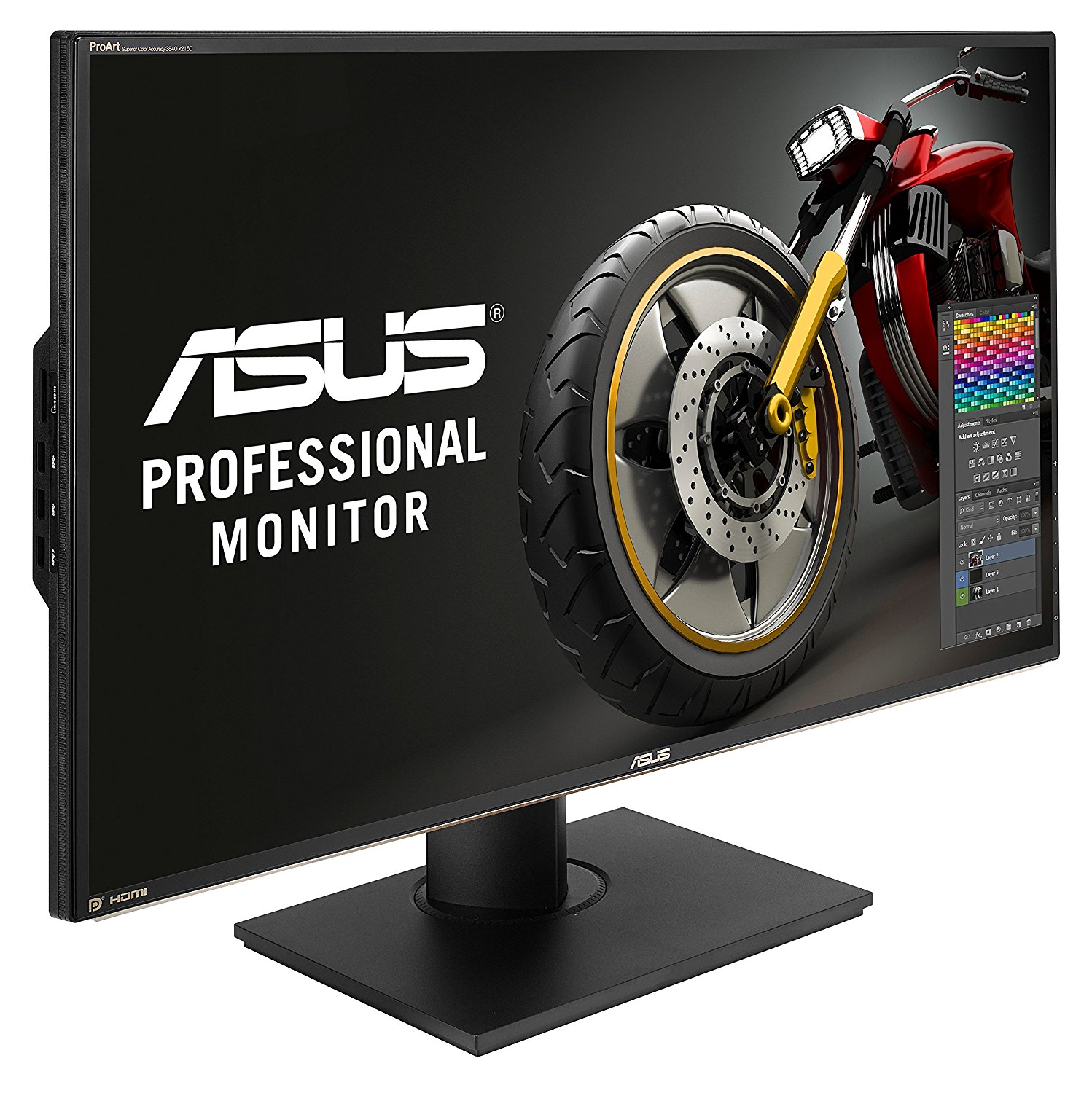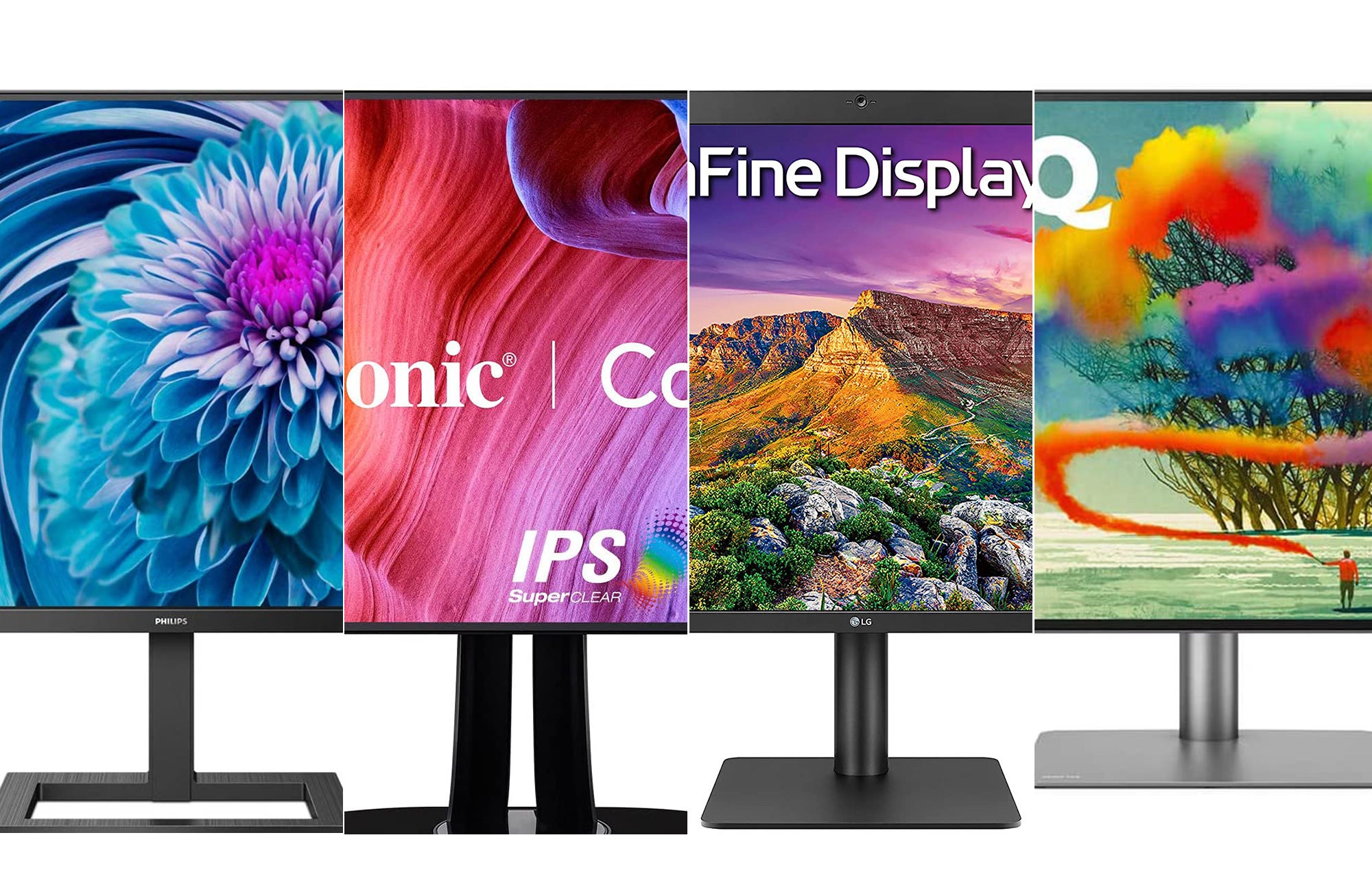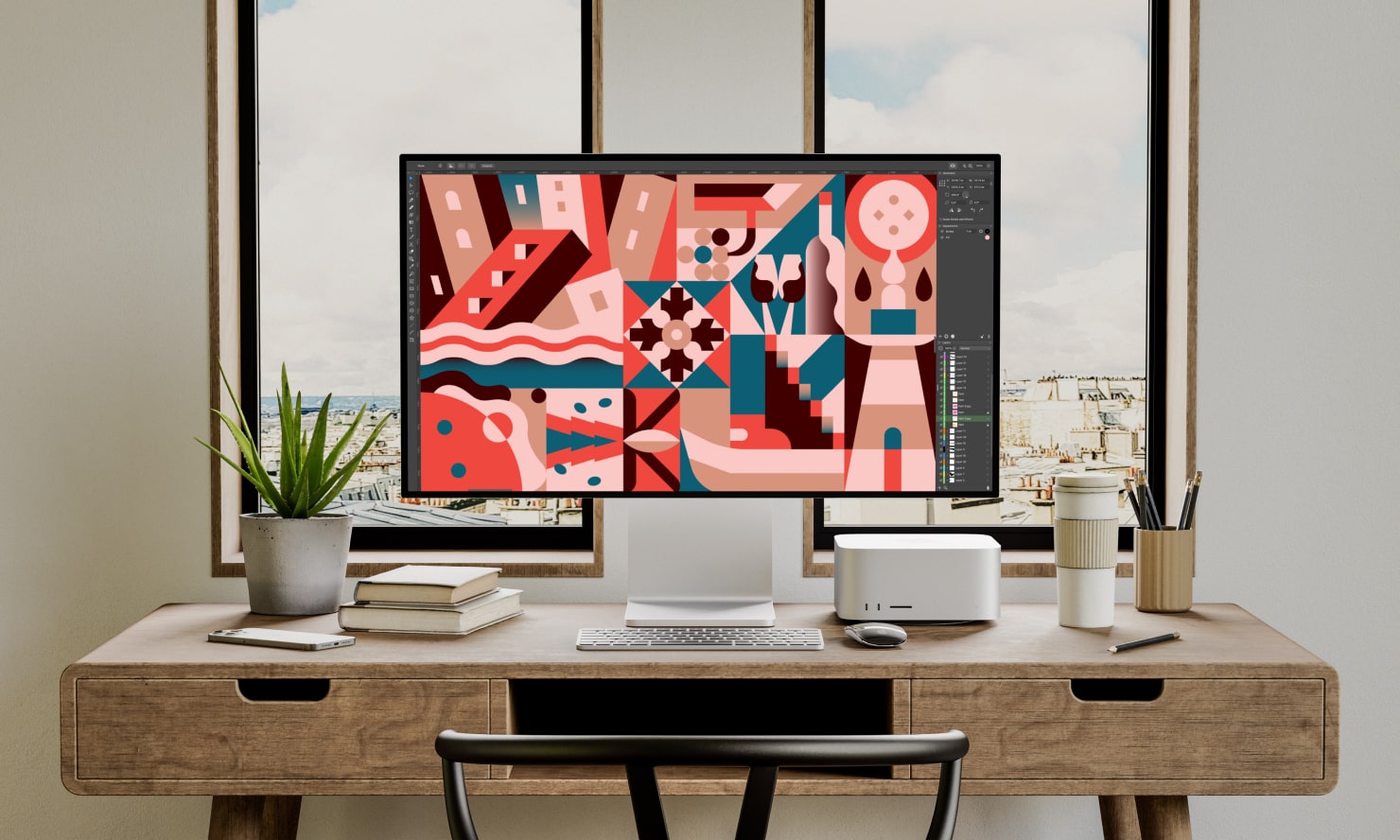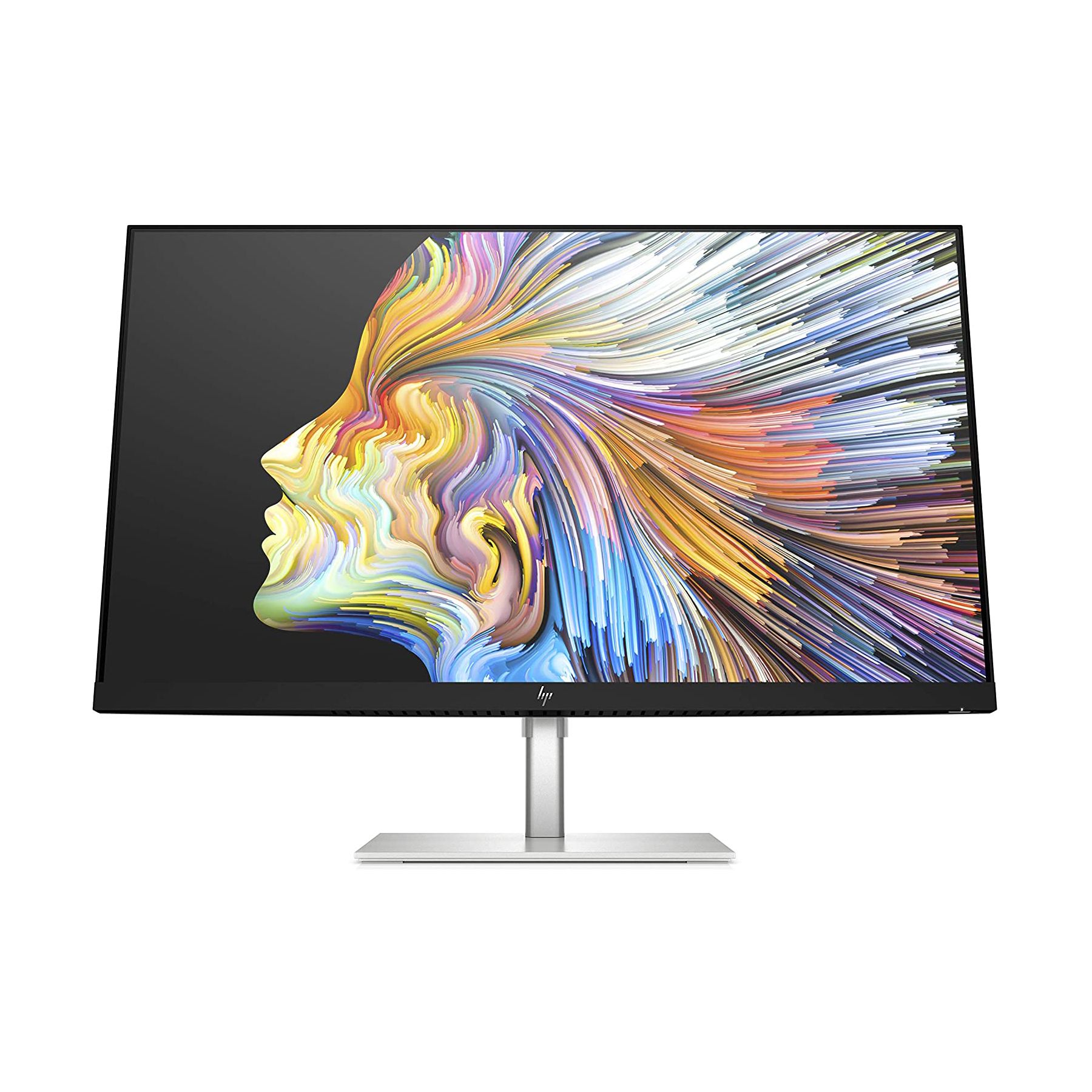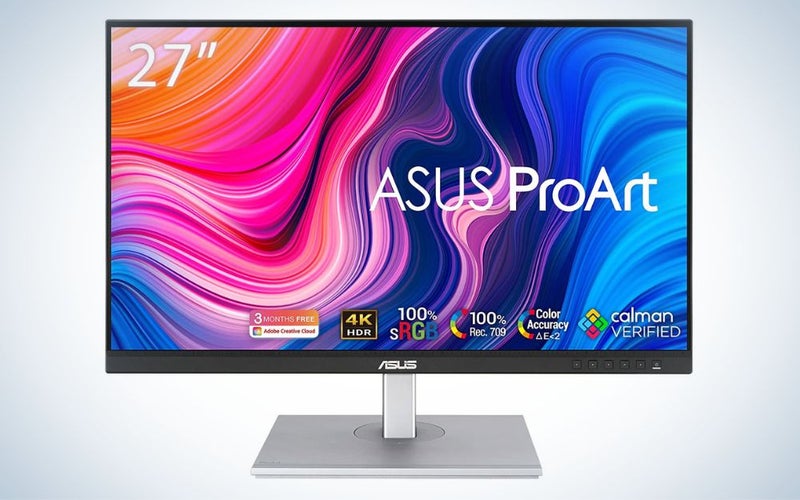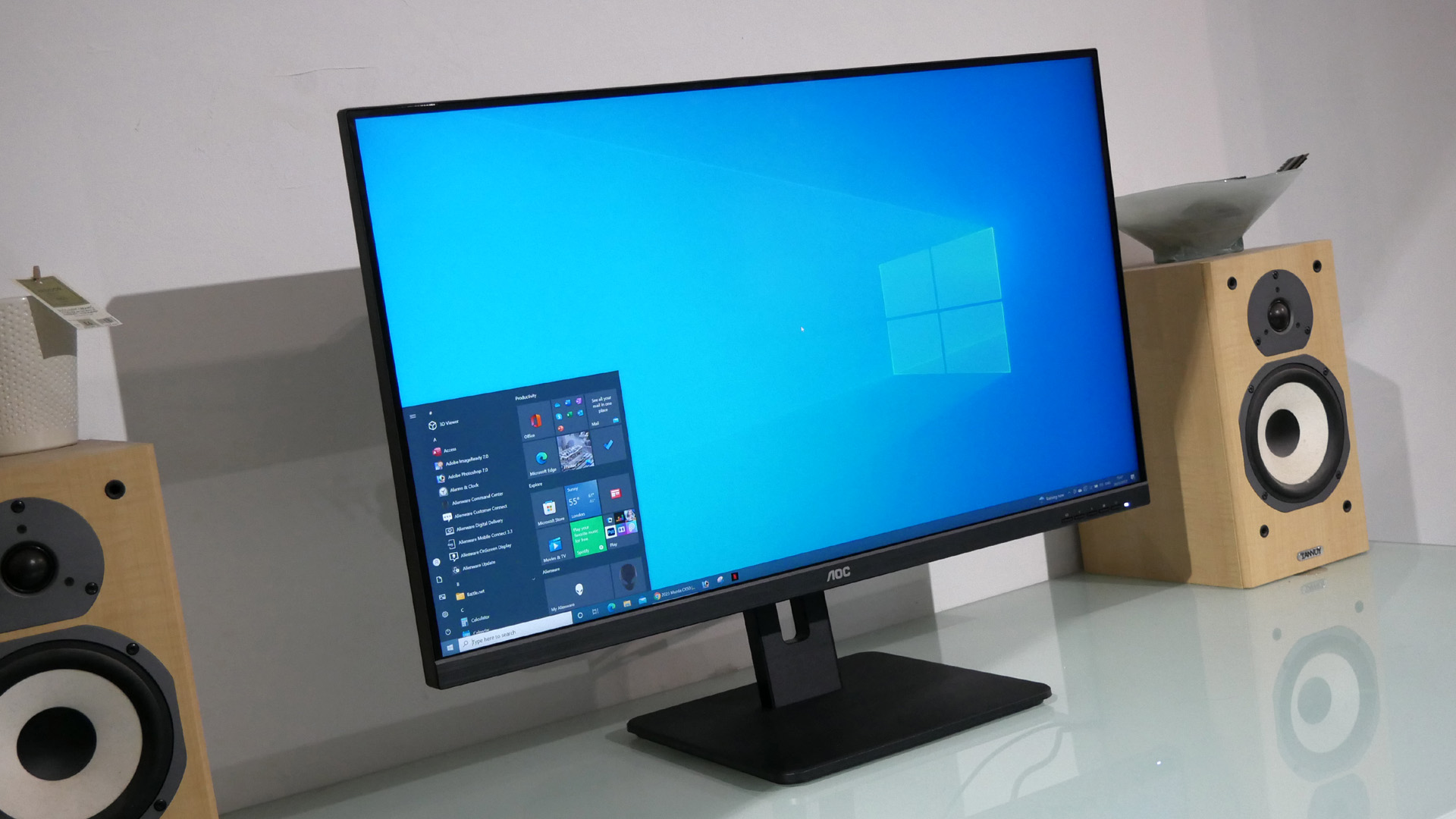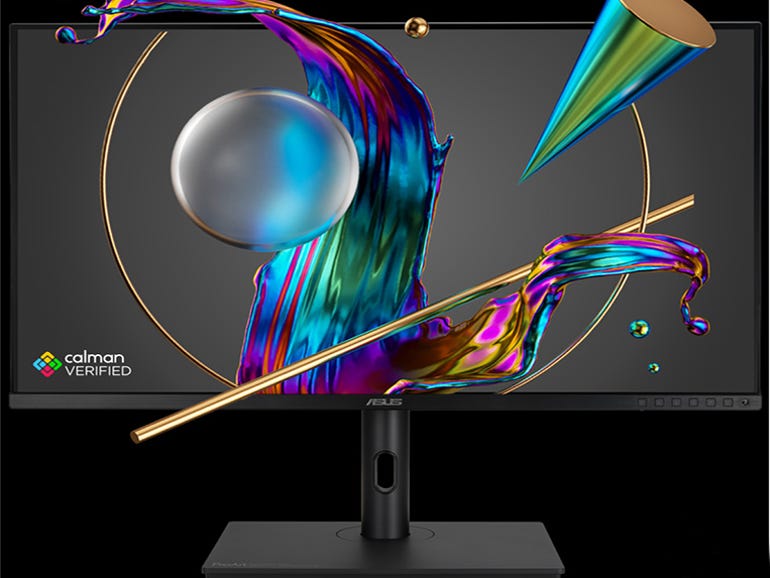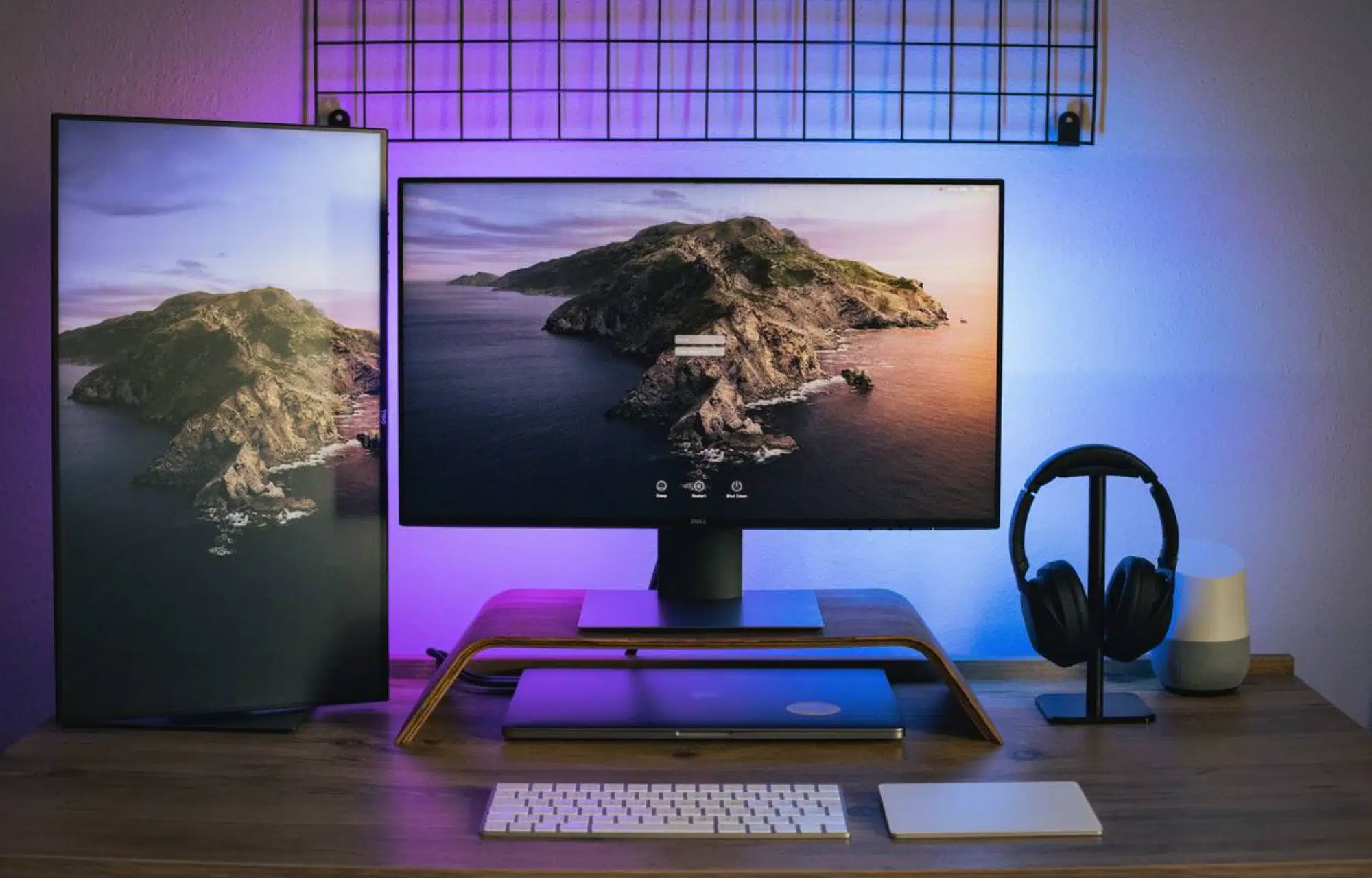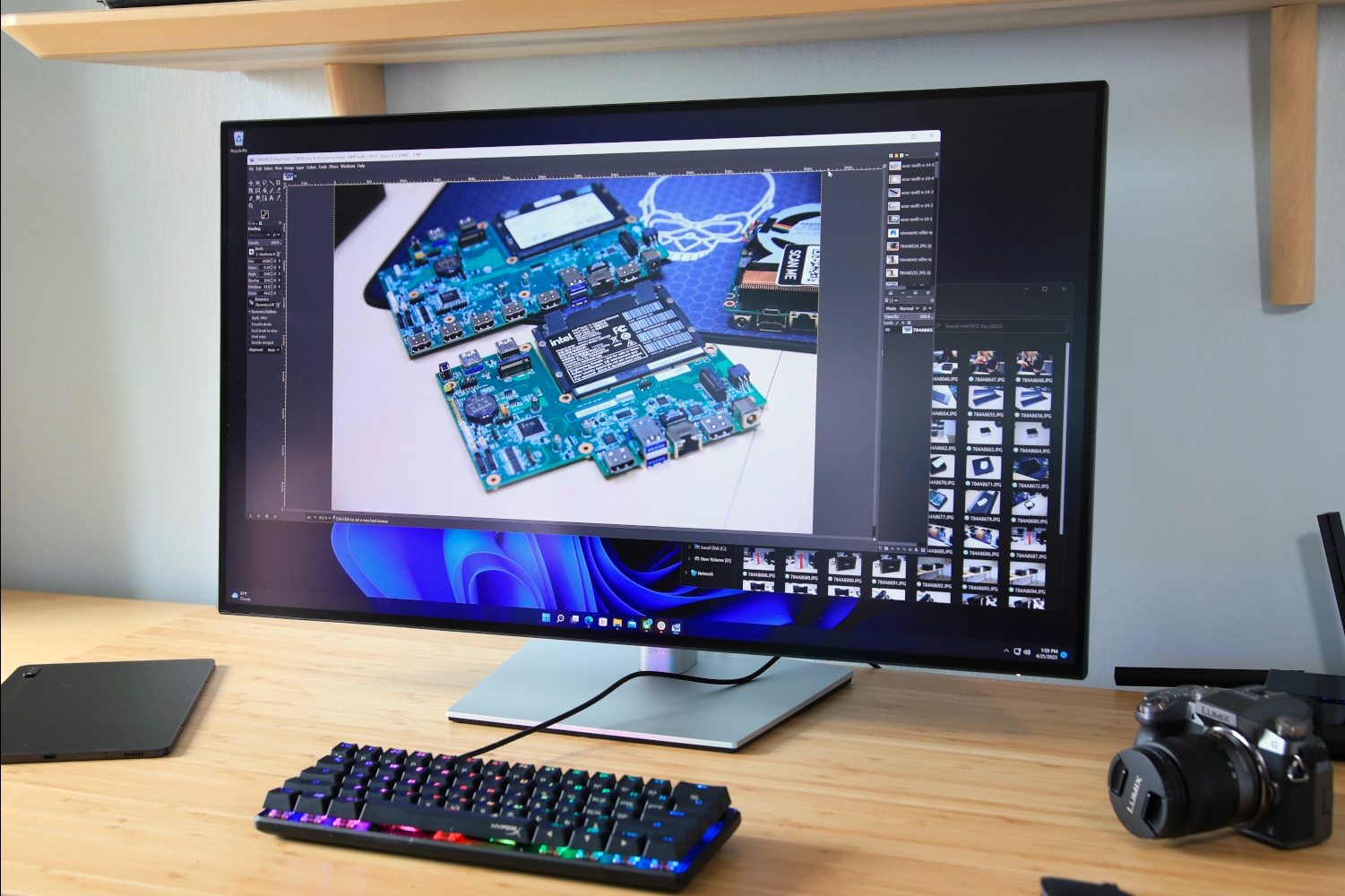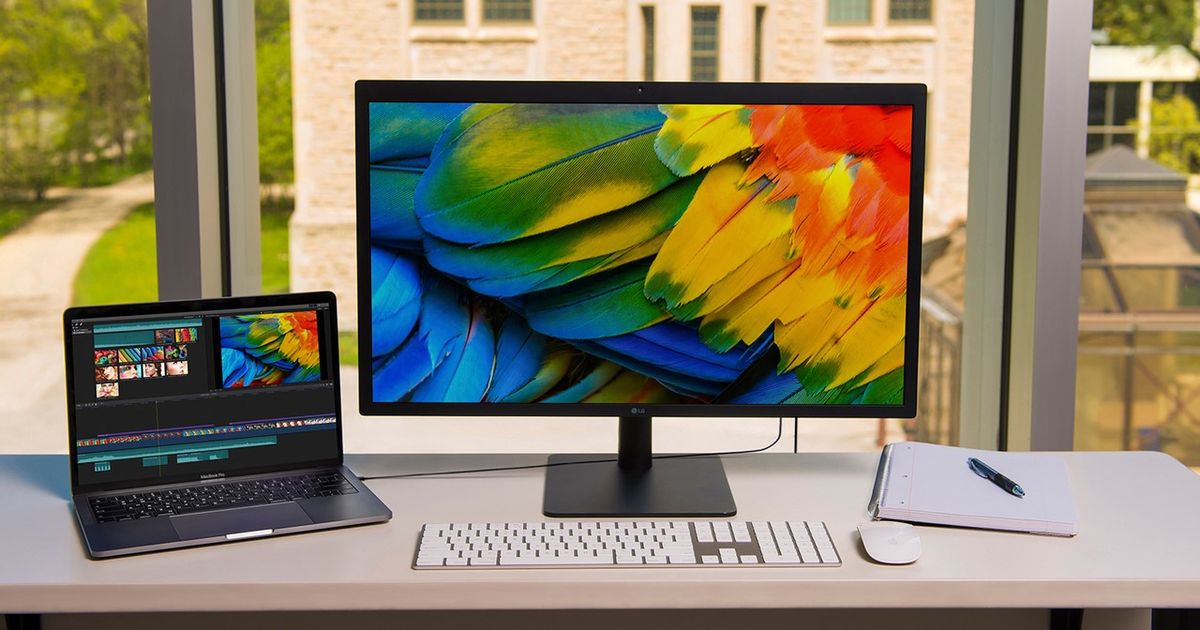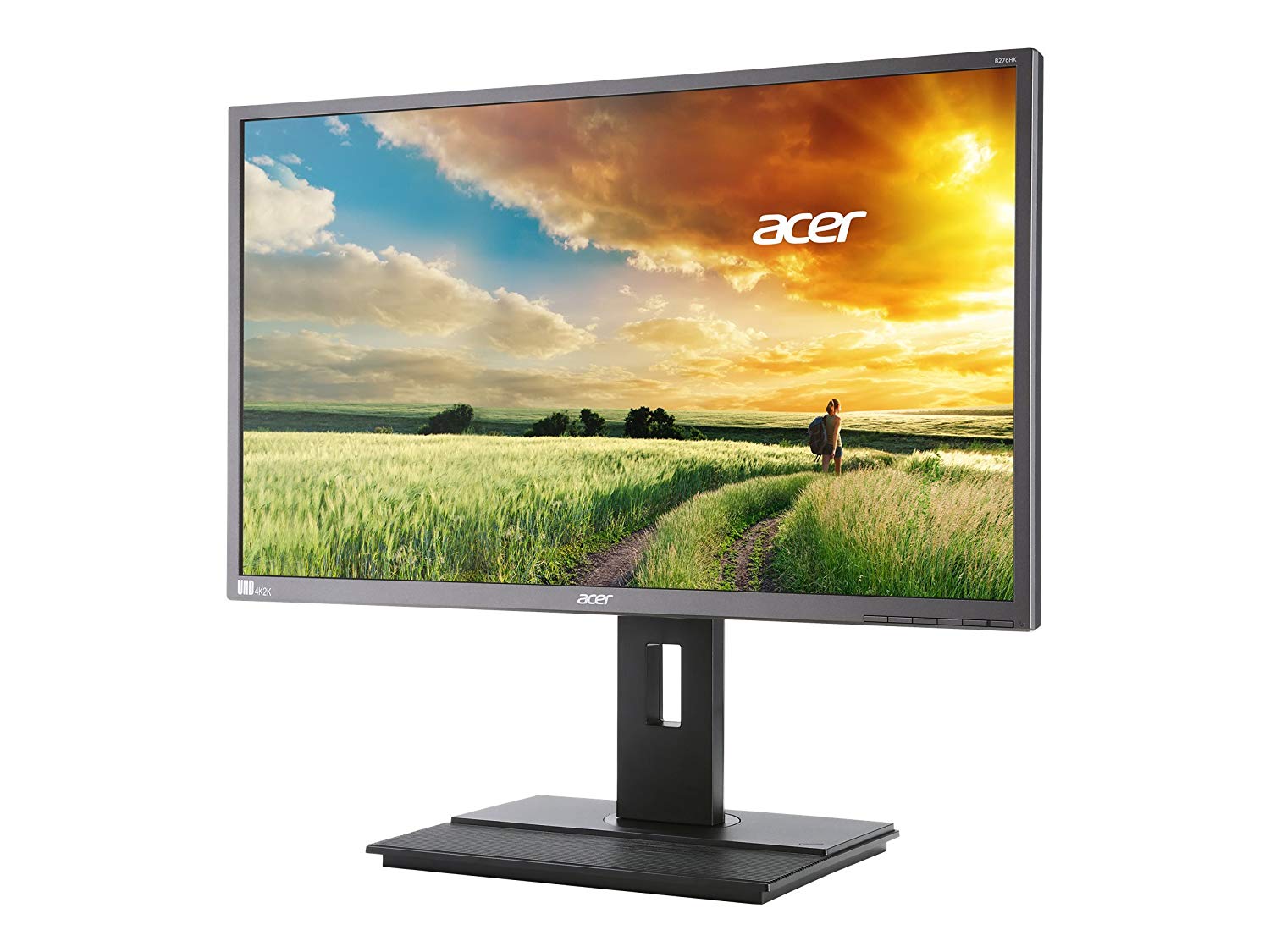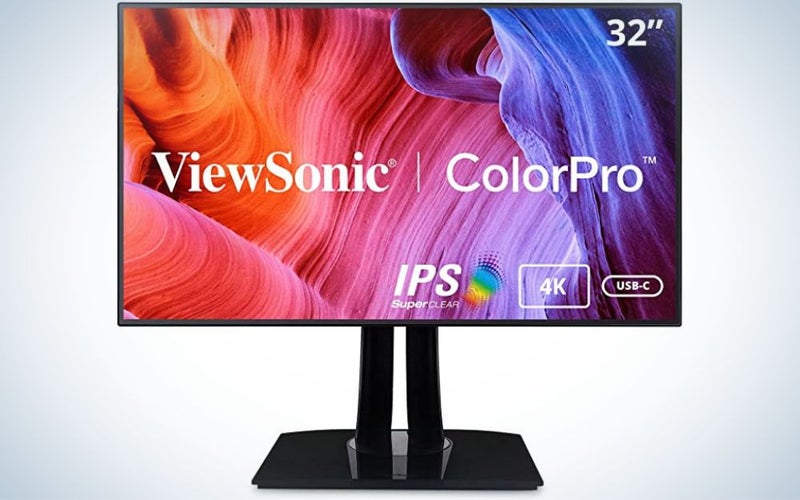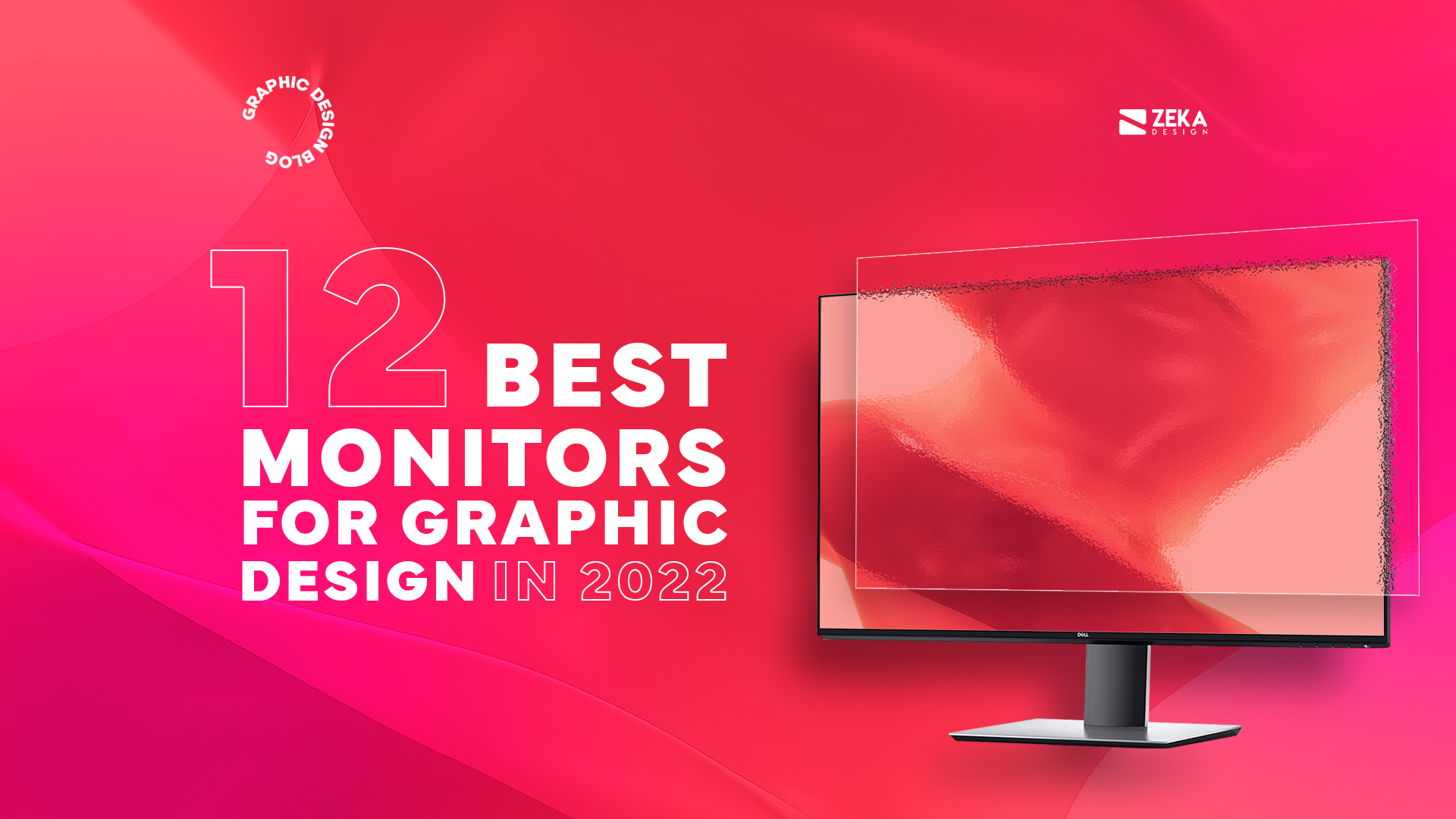Best Graphic Design Monitors
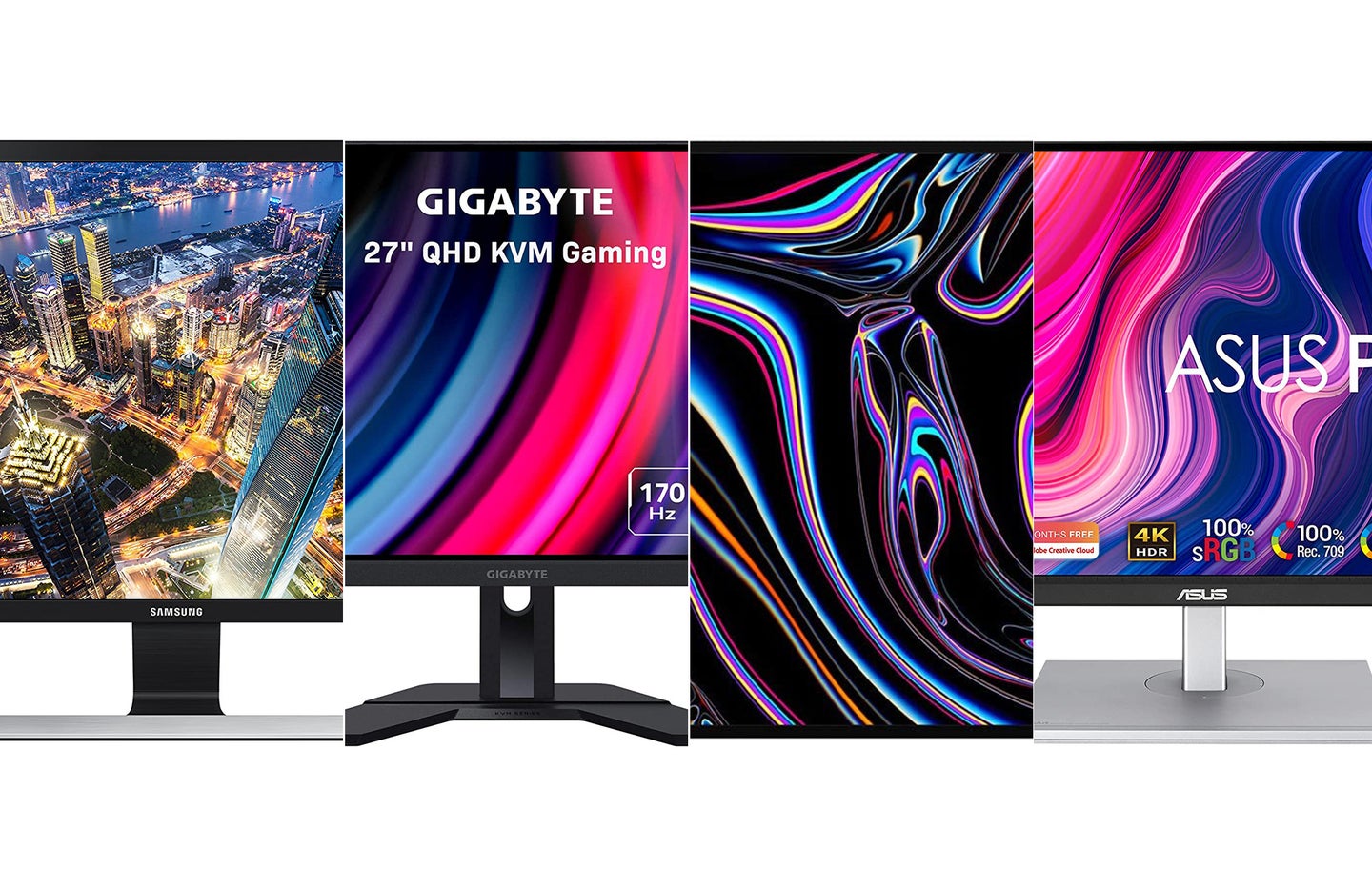
Time to ditch that washed-out monitor, budget-conscious designers! We're diving deep into the world of graphic design monitors that won't break the bank. This guide is for freelancers, students, and small business owners who need accurate colors and sharp details without emptying their wallets. We'll uncover the best bang-for-your-buck displays to elevate your work without sacrificing your lunch money.
Why a Good Monitor Matters (Even on a Budget)
You might think any old screen will do, but color accuracy and resolution are crucial. Inaccurate colors lead to dissatisfied clients and costly reprints. A sharp display lets you catch every detail, ensuring your designs are pixel-perfect.
Consider this an investment, not just an expense. A quality monitor enhances your workflow, reduces eye strain, and ultimately improves the quality of your work. It pays for itself in the long run.
Shortlist: Budget-Friendly Champions
Here are a few monitors that deliver impressive performance without costing a fortune. We've included options for different needs and budgets.
- Best Overall Value: BenQ PD2700Q
- Best for Small Budgets: ASUS ProArt Display PA248QV
- Best Ultrawide Option: LG 34WN650-W
- Best Portable Option: Lenovo ThinkVision M14
Detailed Reviews
BenQ PD2700Q: The Sweet Spot
The BenQ PD2700Q is a 27-inch QHD (2560x1440) monitor that strikes a perfect balance between price and performance. It boasts excellent color accuracy, covering 100% of the sRGB color space. This is ideal for web design, photo editing, and general graphic design tasks.
It features a variety of display modes tailored for designers, including CAD/CAM, Animation, and Darkroom modes. The monitor also includes BenQ's Eye-Care technology, reducing eye strain during long work sessions. Despite being a budget friendly monitor, it provides a good value.
Its stand is fully adjustable, offering tilt, swivel, pivot, and height adjustments for optimal ergonomics. This monitor is also VESA mount compatible if you prefer a monitor arm.
ASUS ProArt Display PA248QV: Entry-Level Excellence
If you're on an extremely tight budget, the ASUS ProArt Display PA248QV is a fantastic option. This 24.1-inch monitor offers a 1920x1200 resolution, providing a bit more vertical screen real estate than standard 1080p displays.
It covers 100% of the sRGB color space and is Calman Verified for color accuracy. It includes features like ProArt Preset and ProArt Palette, allowing you to quickly switch between different color modes and customize display settings.
While not as feature-rich as the BenQ, the ASUS ProArt Display PA248QV delivers excellent color performance for its price point. It's a great choice for students or designers just starting out.
LG 34WN650-W: Ultrawide Productivity
The LG 34WN650-W is a 34-inch ultrawide monitor with a 2560x1080 resolution. Its ultrawide aspect ratio provides ample screen space for multitasking and managing multiple applications.
It supports HDR10 content and covers 99% of the sRGB color gamut. This makes it suitable for both design work and entertainment. The monitor also features AMD FreeSync technology for smoother visuals when gaming or working with motion graphics.
If you crave a more immersive experience and need extra screen real estate, the LG 34WN650-W is a compelling choice, but be aware of the lower vertical resolution compared to QHD monitors.
Lenovo ThinkVision M14: Design on the Go
The Lenovo ThinkVision M14 is a 14-inch portable monitor that's perfect for designers who need to work on the go. It connects to your laptop via USB-C and requires no external power adapter.
It has a Full HD (1920x1080) resolution and delivers decent color accuracy for a portable display. It's incredibly lightweight and slim, making it easy to slip into a laptop bag.
While not a primary monitor replacement, the ThinkVision M14 is invaluable for extending your screen real estate when working remotely or presenting designs to clients.
Side-by-Side Specs & Performance
| Monitor | Resolution | Color Gamut (sRGB) | Connectivity | Response Time | Price (Approx.) | Overall Score (Out of 5) |
|---|---|---|---|---|---|---|
| BenQ PD2700Q | 2560x1440 | 100% | HDMI, DisplayPort, USB | 4ms | $300 | 4.5 |
| ASUS ProArt PA248QV | 1920x1200 | 100% | HDMI, DisplayPort, VGA | 5ms | $200 | 4.0 |
| LG 34WN650-W | 2560x1080 | 99% | HDMI, DisplayPort | 5ms | $350 | 4.0 |
| Lenovo ThinkVision M14 | 1920x1080 | (Typical) 72% NTSC (closer to 99% sRGB) | USB-C | 6ms | $250 | 3.5 |
Customer Satisfaction Survey Data
Based on aggregated customer reviews and surveys, here's a general overview of satisfaction levels:
- BenQ PD2700Q: High satisfaction with color accuracy and build quality. Some users report minor backlight bleed.
- ASUS ProArt PA248QV: Positive feedback on value for money and color performance. Some users find the stand a bit wobbly.
- LG 34WN650-W: Users appreciate the ultrawide screen and immersive experience. The lower vertical resolution is a common concern.
- Lenovo ThinkVision M14: Highly rated for portability and convenience. Color accuracy is acceptable for on-the-go use.
Maintenance Cost Projections
Monitor maintenance is generally low. The biggest risk is physical damage. Consider these points:
- Cleaning: Use a microfiber cloth and screen cleaner to avoid scratches.
- Calibration: Investing in a color calibration tool can ensure consistent color accuracy over time (approx. $100-$200).
- Lifespan: Most monitors last for 5-7 years with proper care.
Factor in the cost of a calibration tool if color accuracy is paramount. Otherwise, maintenance costs are minimal.
Key Takeaways
Choosing the best graphic design monitor on a budget requires careful consideration. The BenQ PD2700Q offers the best overall value. The ASUS ProArt Display PA248QV is a solid budget-friendly pick. The LG 34WN650-W provides an immersive ultrawide experience. The Lenovo ThinkVision M14 is a lifesaver for remote work.
Prioritize color accuracy, resolution, and ergonomics. Read customer reviews and compare specifications to find the perfect monitor for your needs. Don't forget to factor in potential maintenance costs like color calibration.
Ready to Upgrade?
Don't let a subpar monitor hold you back. Click the links in the review to check the latest prices and availability. Invest in a monitor that empowers your creativity and elevates your work, all without breaking the bank.
Frequently Asked Questions (FAQ)
Q: What is color gamut and why is it important?
Color gamut refers to the range of colors a monitor can display. A wider color gamut means more vibrant and accurate colors. sRGB is the standard color space for web design, so aim for 100% sRGB coverage.
Q: What is the ideal resolution for graphic design?
QHD (2560x1440) is a good balance between sharpness and affordability. FHD (1920x1080) is acceptable for smaller screens, but QHD provides more detail. Ultrawide resolutions like 2560x1080 offer extra screen space for multitasking.
Q: Do I need to calibrate my monitor?
Calibration ensures that your monitor displays colors accurately. If color accuracy is critical for your work, investing in a calibration tool is recommended. You can also hire a professional to calibrate your monitor for you.
Q: What is response time and why does it matter?
Response time is the time it takes for a pixel to change color. Lower response times result in less motion blur. For graphic design, a response time of 5ms or less is generally sufficient.
Q: Are used monitors a good option to save money?
Buying used can save you money, but inspect the monitor carefully for dead pixels, scratches, and backlight bleed. Check the seller's return policy before purchasing. Also check the hours used on the monitor.
